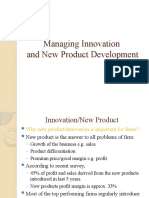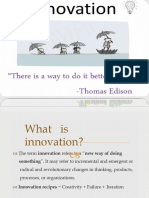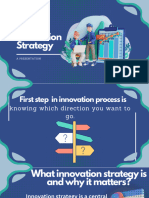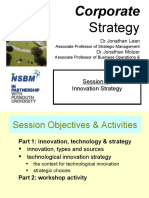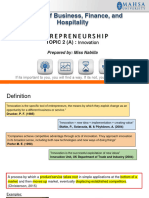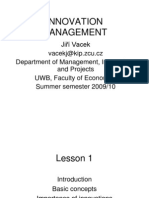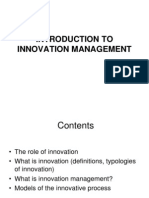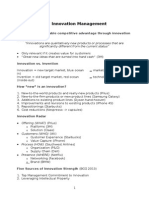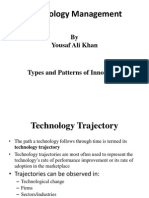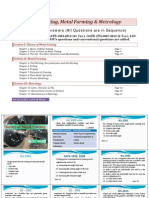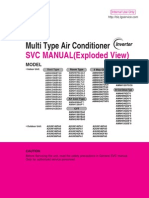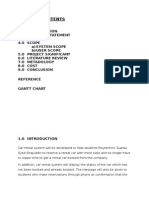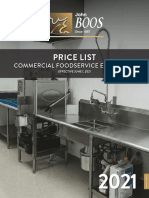0% found this document useful (0 votes)
18 views4 pagesTechnology Operations
The document discusses the importance of innovation management in sustaining growth and the high failure rates of new products and firms. It outlines different types of innovation, including disruptive innovations and their impact on market dynamics, as well as the critical management systems necessary for effective new product development. Additionally, it emphasizes the need for aligning creative capacity with market demands and the challenges faced in the product development process.
Uploaded by
Tamar SalantCopyright
© © All Rights Reserved
We take content rights seriously. If you suspect this is your content, claim it here.
Available Formats
Download as DOCX, PDF, TXT or read online on Scribd
0% found this document useful (0 votes)
18 views4 pagesTechnology Operations
The document discusses the importance of innovation management in sustaining growth and the high failure rates of new products and firms. It outlines different types of innovation, including disruptive innovations and their impact on market dynamics, as well as the critical management systems necessary for effective new product development. Additionally, it emphasizes the need for aligning creative capacity with market demands and the challenges faced in the product development process.
Uploaded by
Tamar SalantCopyright
© © All Rights Reserved
We take content rights seriously. If you suspect this is your content, claim it here.
Available Formats
Download as DOCX, PDF, TXT or read online on Scribd
/ 4
